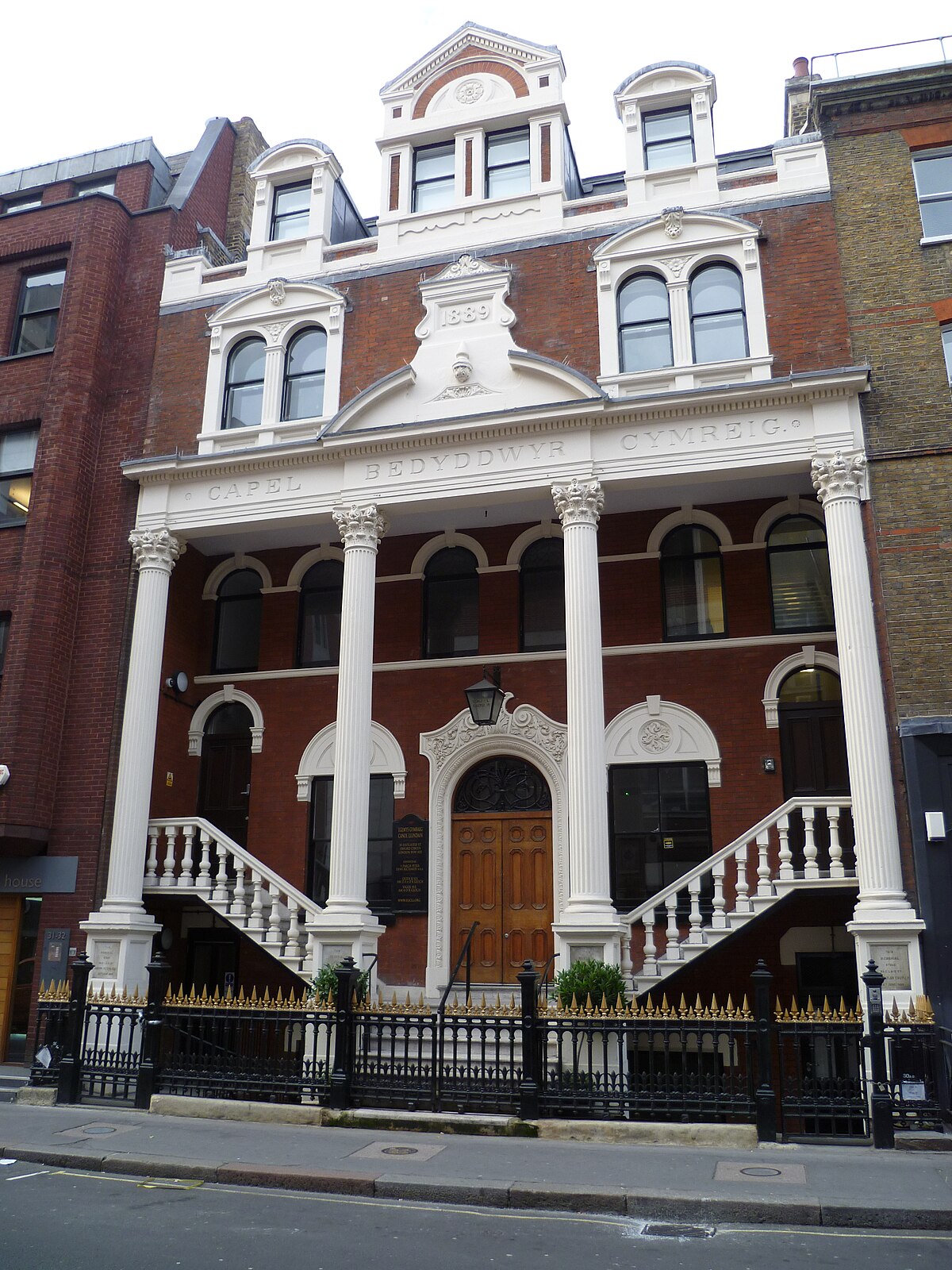A brief history
Perhaps the key event in the history of the Welsh church was the age of the saints, about AD 500-700. This describes a period of intense Christian activity in Britain and Ireland. While missionaries were sent across the British Isles to convert the Germanic tribes, Christianity had already been deeply established in Wales. The persona usually associated with this period is St David, patron saint of Wales.

The 16th century brought Welsh to become a liturgical language; the New Testament and the Book of Common Prayer were translated into Welsh. After a long period of conflict between the Catholics and the Protestants during the Reformation, Wales begun to grow largely Protestant. However, between the 17th and 18th century, the Civil War and Cromwell’s Puritan Commonwealth caused widespread poverty in Wales, subsequently leading to a fall in membership of the church.
With the Toleration Act of 1689, which allowed for religious freedom, religion in Wales underwent a considerable change; people became more educated, and a steady rise in literacy gave way to publishing of more religious books in Welsh, such as a translation of John Bunyan’s The Pilgrim Progress.

The 18th century was for Wales the beginning of the Methodist Revival. It describes a period of revival of Christianity in Wales, in which preachers such as Howell Harris, after experiencing conversion, developed their teachings on the Methodist tradition in England. The revival was also a period of religious creativity; William Williams and Ann Griffiths wrote what are now the most popular hymns – ‘Guide Me Oh Thou Great Redeemer’ and ‘I Saw Him Standing’ respectively.
After the Methodist Revival, Thomas Charles became the leader of the movement. Charles had taken Welsh Methodists out of the Church of England in 1811, consequently uniting it with other Nonconformist movements, like the Baptists. The period that followed (for the much of the early 19th century) was characterised by intense religious zeal – it is estimated that a chapel was built every eight days. The most prominent architectural outcome of this process is the Welsh Chapel, a type of building which became a national icon.

Perhaps the most fervent period in the history of religion in Wales was towards the end of the 19th century, when the Nonconformists, with Gwasg Gee as the main activist, begun a campaign to disestablish the Church of England in Wales. The most important issue in the campaign was the opposition towards tithes, or taxes on income payable to the Church. This gave way to rather violent outbreaks across Wales, yet the appeal was unsuccessful as the Liberals did not win the upcoming election, and the Tories subdued the issue.
The last great revival took place in 1904, and it was mostly associated with Evan Roberts, an ex-collier who became a preacher. This process, however, was not exclusive to religion – it affected all spheres of life in Wales. For instance, rugby clubs were dismantled, as rugby was perceived as a sport that did not adhere to the qualities of a true Christian.
After the Second World War, however, religious practice in Wales faced a considerable decline. Growth in industrialisation meant that people were not confined to their communities on Sabbath, and, they became open to consumer culture. In his drama Under Milk Wood, Dylan Thomas uses the phrase ‘bible-black’, which illuminates the gloomy image of religion. Just as there were less members in church congregations, churches lacked new recruits, leading to many chapels being closed.
What is the situation now?
According to the 2011 census, nearly one third of the Welsh population claim that they do not practice any faith, which is a considerable increase compared to 2001, when only about 15% of people declared lack of faith.
In terms of other religions, Islam is the largest non-Christian religion in Wales – Muslims make up 1.5% of the Welsh population, Cardiff and Newport being the most significant cities. Currently there are about 20 mosques in Cardiff alone.
How is Welsh religion cultivated in London?
Currently there are 12 Welsh churches in London. One the closest to UCL is the Welsh Church of Central London, which is located just a brief walk off Oxford Circus. It hosts two services on Sundays, and is also a focal point of a vibrant Welsh community – members meet once a month for Saturday evening talks and socialise after the services. The Church also cultivates Welsh linguistic traditions, as the services are usually bilingual.

What does the future hold for Welsh religion?
The history of religion in Wales is certainly a tumultuous one. It seems that faith has been a central feature of Welsh identity, and growth in education and industrialisation often helped to strengthen this cultural component. But what about the future?
Of course, it is difficult to make predictions about the strength of religion in Wales, for one will never anticipate unexpected turns within communities. Nevertheless, the fall in membership of the Church in Wales implies that in the future, religion might not be as important a matter as it was at the time of the Methodist Revival. Furthermore, much of the congregation in Welsh churches consists of middle-aged and elderly people, which perhaps makes it unlikely that young people will wish to continue religious traditions.
If you are interested in the issue of religion in Wales, have a look at some of these websites:
Census 2011: One third in Wales have no religion: http://www.bbc.co.uk/news/uk-wales-20678136
History of Wales – Religion – BBC: http://www.bbc.co.uk/wales/history/sites/themes/religion.shtml
Website of The Welsh Church of Central London: https://www.eglwysgymraegllundain.org/home
London Welsh Chapels: http://www.capelillundain.org/
Relgious groups and communities in Wales: http://www.wales.com/communities/religious-groups